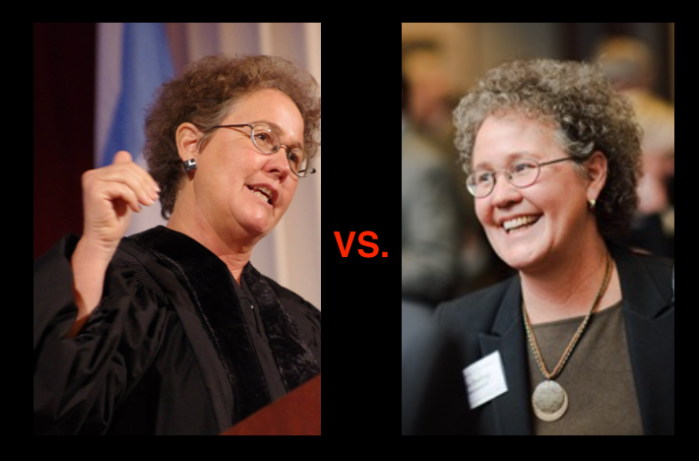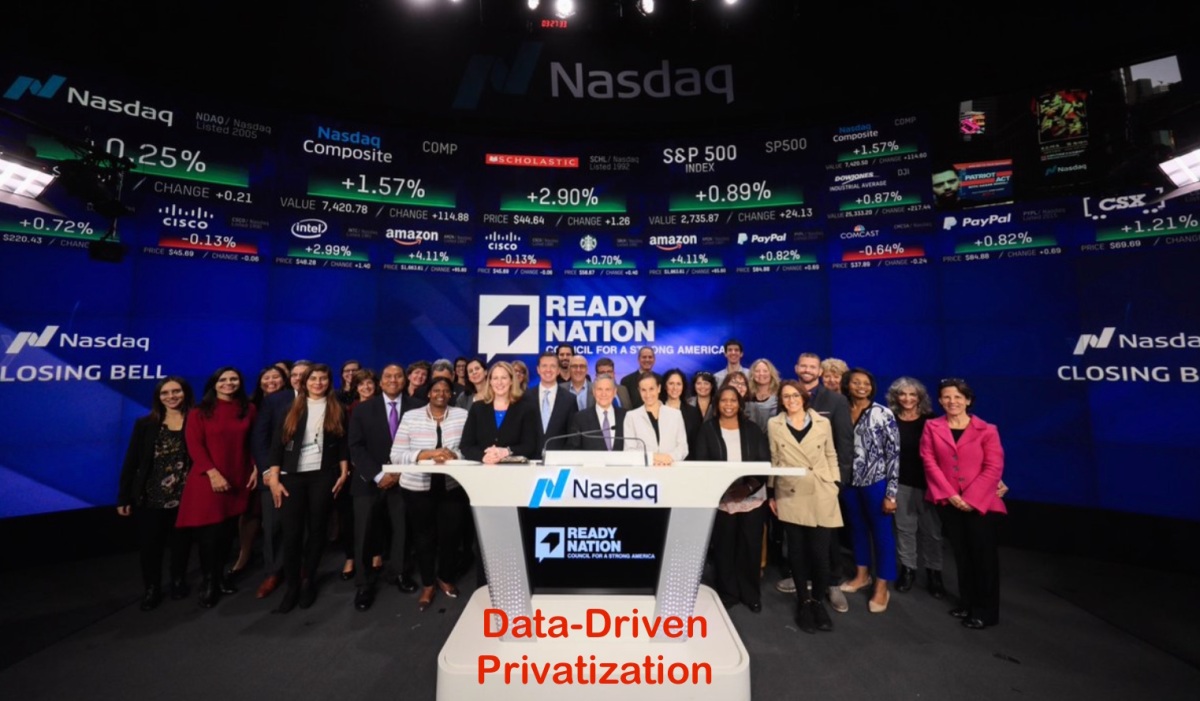Nellie Bowles: In America’s Schools, the Rich Get Teachers, the Poor Get Computers
This is a terrific article by Nellie Bowles in the New York Times about the “digital divide.” Amazing that the newspaper of record printed three articles on the same day by the same author, all warning us about the dangers of screen addiction. Remember when public officials worried that rich kids had more access to technology than poor kids? Now, it turns out that students in affluent schools get small classes and experienced teachers, while kids in underfunded schools get technology. Not what was expected.
The parents in Overland Park, Kan., were fed up. They wanted their children off screens, but they needed strength in numbers. First, because no one wants their kid to be the lone weird one without a phone. And second, because taking the phone away from a middle schooler is actually very, very tough.
“We start the meetings by saying, ‘This is hard, we’re in a new frontier, but who is going to help us?’” said Krista Boan, who is leading a Kansas City-based program called START, which stands for Stand Together And Rethink Technology. “We can’t call our moms about this one.”
For the last six months, at night in school libraries across Overland Park, a suburb of Kansas City, Mo., about 150 parents have been meeting to talk about one thing: how to get their children off screens.
It wasn’t long ago that the worry was that rich students would have access to the internet earlier, gaining tech skills and creating Continue reading: Nellie Bowles: In America’s Schools, the Rich Get Teachers, the Poor Get Computers | Diane Ravitch's blog



































